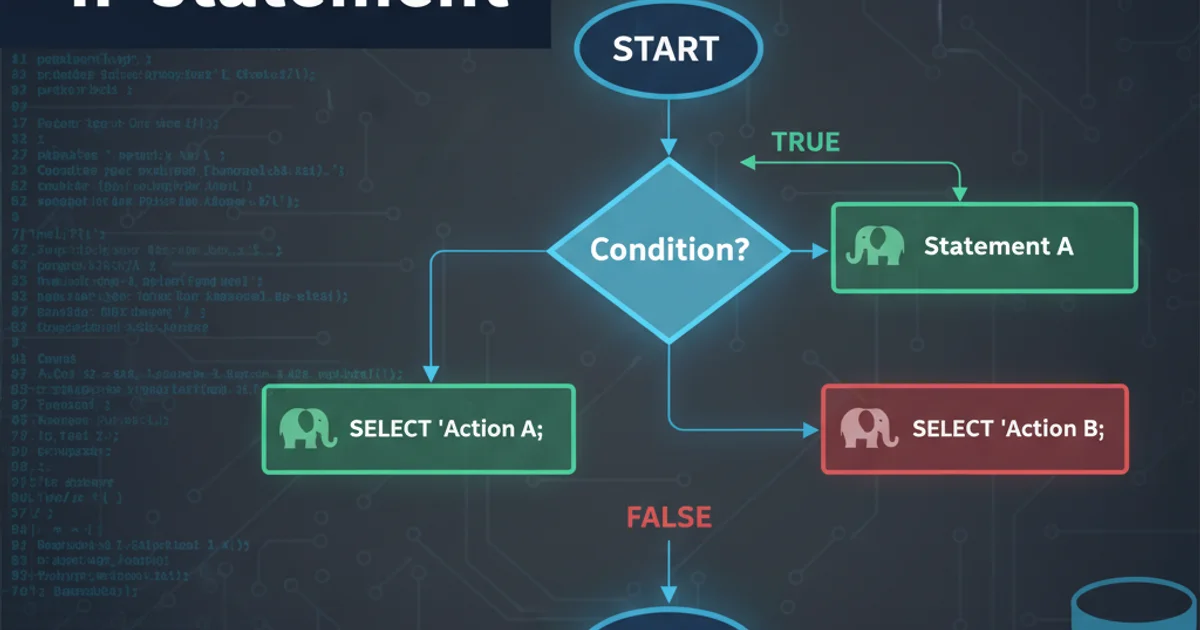What is Multiframe image in DICOM?
Categories:
Understanding Multiframe Images in DICOM

Explore the concept of multiframe images in DICOM, their structure, benefits, and how they differ from single-frame images in medical imaging.
In the realm of medical imaging, DICOM (Digital Imaging and Communications in Medicine) is the standard for handling, storing, printing, and transmitting information. While many DICOM objects represent a single static image, a significant portion of medical studies involves dynamic or volumetric data. This is where the concept of a Multiframe Image comes into play. A multiframe image in DICOM is a single DICOM object that contains multiple frames (individual images) within it, often representing a sequence over time, different slices of a volume, or various phases of a study. Understanding multiframe images is crucial for anyone working with advanced medical imaging modalities.
What Defines a Multiframe Image?
A multiframe image is characterized by its ability to encapsulate a series of individual image frames within a single DICOM instance. Instead of having separate DICOM files for each frame, all frames are grouped together. This approach is particularly beneficial for modalities that generate dynamic sequences, such as cardiac ultrasound, fluoroscopy, or functional MRI, as well as volumetric data from CT or MRI scans where multiple slices form a 3D volume. The DICOM standard defines specific attributes to manage and describe these multiple frames, ensuring proper interpretation and display.
flowchart TD
A[Medical Imaging Device] --> B{Generates Image Data}
B --> C{Single Frame?}
C -- Yes --> D[Single DICOM Image Object]
C -- No (Sequence/Volume) --> E[Multiple Frames]
E --> F[Encapsulate in One DICOM Object]
F --> G["Multiframe DICOM Image (e.g., CT, US, MR)"]Process of generating single vs. multiframe DICOM images
Key DICOM Attributes for Multiframe Images
To properly define and manage multiframe images, DICOM utilizes several key attributes. The most fundamental is (0028,0008) Number of Frames, which explicitly states how many frames are contained within the object. Beyond this, attributes like (0020,0013) Instance Number (often used to order frames), (0020,0012) Acquisition Number, and various (0018,xxxx) attributes related to frame-specific timing or position are crucial. For more complex scenarios, the (5200,9230) Per-frame Functional Groups Sequence provides a powerful mechanism to define unique characteristics for each individual frame, such as its specific image position, orientation, or acquisition parameters, without duplicating these attributes for every frame.
{
"00280008": {
"vr": "IS",
"Value": [
"120"
]
},
"00200013": {
"vr": "IS",
"Value": [
"1"
]
},
"52009230": {
"vr": "SQ",
"Value": [
{
"00209113": {
"vr": "SQ",
"Value": [
{
"00200032": {
"vr": "DS",
"Value": [
"-100.0\\-50.0\\0.0"
]
}
}
]
}
},
{
"00209113": {
"vr": "SQ",
"Value": [
{
"00200032": {
"vr": "DS",
"Value": [
"-100.0\\-50.0\\1.0"
]
}
}
]
}
}
// ... more frames
]
}
}
Example DICOM attributes for a multiframe image, showing Number of Frames and the Per-frame Functional Groups Sequence for frame-specific data like Image Position (Patient).
(0028,0008) Number of Frames attribute first. If it's greater than 1, you're dealing with a multiframe image and should iterate through its frames, potentially consulting the Per-frame Functional Groups Sequence for frame-specific metadata.Benefits and Challenges of Multiframe Images
Multiframe images offer several advantages. They simplify data management by consolidating related frames into a single file, reducing the number of files to handle. This also improves data integrity, as all frames belonging to a sequence or volume are inherently linked. For streaming and network transmission, a single large object can sometimes be more efficient than many small ones, reducing overhead. However, multiframe images also present challenges. Parsing and displaying them requires more sophisticated software capable of interpreting the frame-specific metadata and rendering sequences or volumes correctly. Extracting individual frames can also be more complex than simply opening a single-frame file. Furthermore, very large multiframe objects can consume significant memory and processing power, especially in web-based viewers or on devices with limited resources.
graph TD
A[Multiframe Image Benefits] --> B[Simplified Data Management]
A --> C[Improved Data Integrity]
A --> D[Efficient Transmission (sometimes)]
E[Multiframe Image Challenges] --> F[Complex Parsing/Display]
E --> G[Resource Intensive]
E --> H[Frame Extraction Complexity]Benefits and challenges associated with multiframe DICOM images